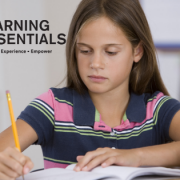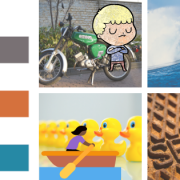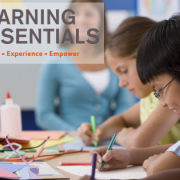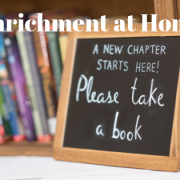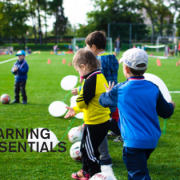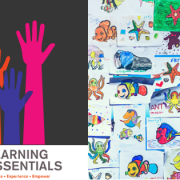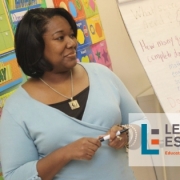Surviving Standardized Testing Season
The end of the school year may be in sight, but one of the final hurdles, perhaps the most strenuous one, is on the horizon—state testing season. Around this time, students in Maryland and across the country are gearing up for hours of testing. These standardized assessments are typically spread across multiple, consecutive days. However, in some cases, over a week of school days are set aside for testing. Depending on a student’s current grade level or graduation plans, the gravity of these state tests can vary. However, one thing is true for all students—the tests are draining. It’s not just students that feel the heat, however. Parents, teachers, and administrators are under a great deal of pressure during testing season as well.
For parents
- This is a stressful time for families. Parents can help ease the test anxiety by telling their children that, like any assessment, these tests are simply one measure of proficiency. They are not indicative of a person’s overall intelligence or ability; the score should not define children’s perception of themselves.
- Plan some after-school activities that allow children to expel any pent up energy. Since testing schedules can mean long, stagnant periods of sitting and focusing on a screen, parents will want to consider outdoor activities that allow kids to socialize, stretch their legs, get some fresh air, and utilize creativity. This could mean visiting an obstacle course or trampoline park, decorating the driveway with sidewalk chalk, setting up scavenger hunt, or taking the dog for a walk around the neighborhood.
- Help prepare children to be in tip-top test-taking shape by setting them up for success at home. This means encouraging a regular bedtime, planning to eat a healthy breakfast to stave off hunger pangs, and suggesting comfortable layered clothing in case the classroom temperature fluctuates.
- Ask the school about accommodations that will or will not be provided, as well as any other concerns:
- Will children with IEPs and 504 plans be provided with their usual testing accommodations?
- Will classes be testing by homeroom, English class, or math class, etc.?
- What will the whole school schedule look like?
- Will classes continue with instruction as usual?
- Will students still see all of their classes/teachers?
- Should students expect to have homework or other assignments during the testing week?
- Are students permitted to bring water bottles, snacks, or have bathroom breaks as needed?
- Is there an option to opt out of the assessment? If so, how does one formally request that a child opt out and what will he/she be doing during testing?
- Visit the local library or bookstore to help your child select a new book to read during any downtime while testing is going on. Check with your school about their testing policy; however, most schools allow children to read during the testing block once they have finished that segment. Allow your child to read a book purely out of interest. This will allow them to take a brain break from the monotony of testing and truly engage in something that they have chosen to enjoy.

